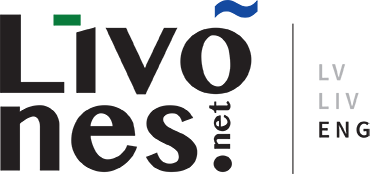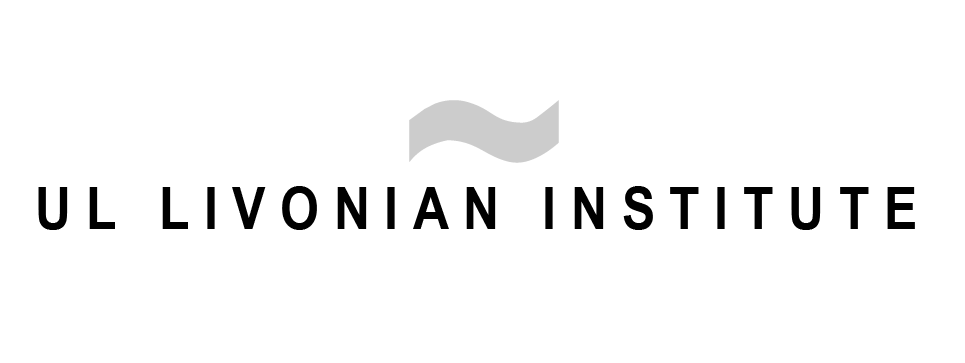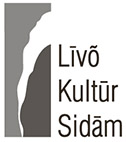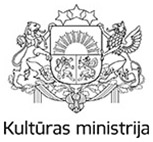The history of Livonian literature extends back almost as far as that of Latvian literature. The first examples of Livonian literature date to the mid-19th century. Their authors were Jāņ Prints, Sr. and his son Pētõr.
The most active period was between the two world wars when nearly all Livonian cultural figures from that time became involved in literary life: the “Livonian king” Uļī Kīnkamäg (Uldriķis Kāpbergs), the head of the Livonian Union Didrõk Volganski (Didriķis Volganskis), artist Jāņ Belt (Jānis Belte) who wrote under the pseudonym Valkt, pastor Edgar Vālgamā (Edgars Vālgamā), and others as well as Lauri Kettunen and Oskar Loorits who studied the Livonians. The most notable literary figure of this time was Kōrli Stalte. His collection of Livonian poems Līvõ lōlõd (Livonian songs) was published in Tallinn in 1924. In the 1930s he also prepared a manuscript for a Livonian primer and reading book, which was published in 2011.
During the 1930s another significant author appeared on the Livonian literary stage – Pētõr Damberg, whose book Jemakīel lugdõbrāntõz skūol ja kuod pierast (Mother tongue reading book for school and home) can be considered one of the best interwar publications. Pētõr Damberg worked in many areas, he wrote and translated poetry, he was a translator and collected Livonian folklore, further developed the Livonian literary language, was a language consultant for researchers, participated in compiling dictionaries. Pētõr Damberg also became involved in the the preparation of a manuscript for a Livonian poetry anthology in the early 1980s.
The Livonian poetry anthology – the first collection if its kind – was published only in 1998 with the title Ma akūb sīnda vizzõ, tūrska! (I’m craftier than you, cod!). It contains Livonian authors’ works from the mid-19th century up to the present. This anthology was also published in Estonia in 2011. Several other Livonian poetry anthologies have appeared in print since then. These are Kui sūolõbõd līvlizt (Livonian emergence) published in 2011 – a collection of poems from poets from various nations writing about Livonian themes – and Trilium (Trillium) published in 2018 – a collection of works by modern Livonian poets.
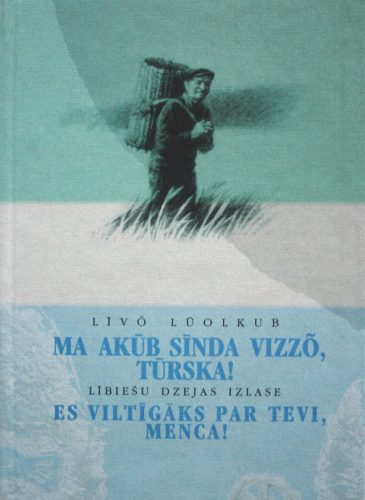
Livonian poetry anthology “I am smarter than you, cod!”. 1998.
Presently there are three authors writing in Livonian, two of whom – Baiba Damberga (1957) and Valts Ernštreits (1974) – write in the Kurzeme Livonian dialect and one – Ķempi Karl (1963) – who writes in the Salaca Livonian language. Ķempi Karl can be considered the most productive modern Livonian poet. Two books of his works were published in 2013 – Salats joug kolm aģa (The three shores of the Salaca), which was the first book ever published in the Salaca Livonian language, and Toini sina (Another you).
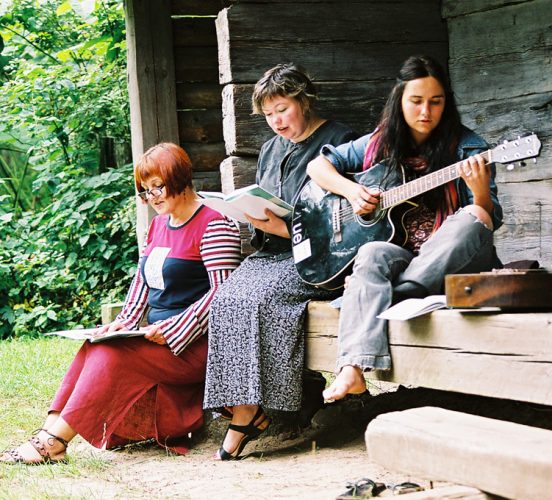
Livonian poetry ar Open-air museum of Latvia: Baiba Damberga (from the left), Renāte Blumberga and Ulla Fraser.

